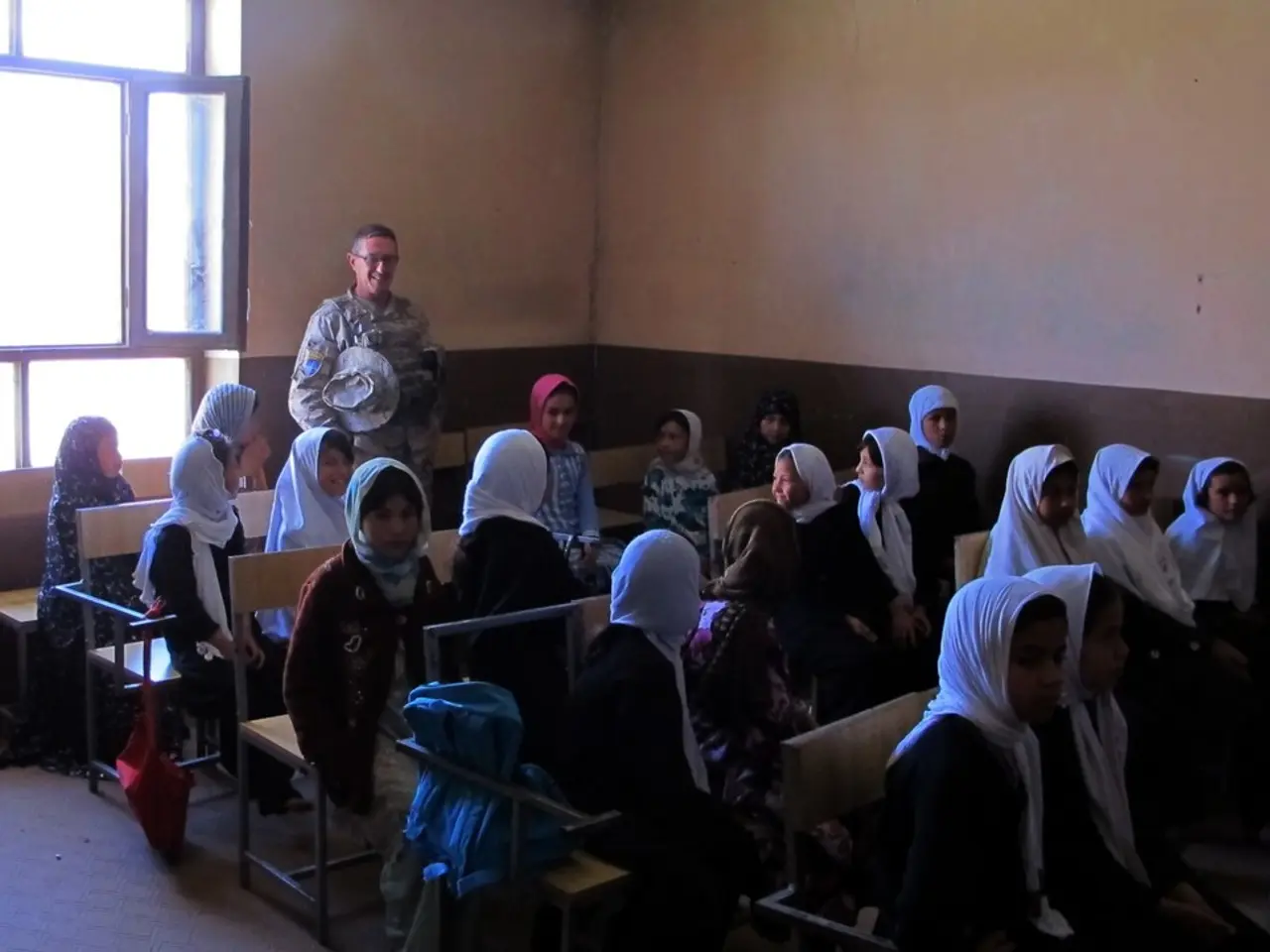Enhancing Ability for Transformation Within Educational Settings
In today's rapidly evolving world, the ability to adapt and transform is crucial for the success of organisations, particularly educational institutions and non-profits. This article explores the key strategies for building capacity for change, focusing on leadership, collaboration, and continuous learning.
Effective leaders are pivotal in setting the vision and direction that inspire stakeholders to embrace transformation. By engaging authentically with teachers and staff, leveraging both formal and informal leaders, and promoting empathy and emotional intelligence, leaders can create an environment that fosters collaboration and growth.
Strong educational leaders also set student-centered, measurable objectives that guide decisions and priorities, helping the whole institution focus efforts on shared outcomes like improving literacy or overall learning quality. Moreover, they allocate responsibilities and plan for sustainability, fostering a culture of shared leadership and long-term organisational capacity.
Offering professional development and leadership opportunities is another vital component in building capacity for change. Regular training, workshops, and chances to lead in classrooms or projects help build leadership skills at multiple levels, preparing educators and students alike to take on leadership roles and build collective capacity.
Key performance indicators (KPIs) tailored to specific goals should be established for measuring the impact of capacity building. Effective measurement requires the use of both quantitative and qualitative methods, with data collection for measuring the impact being continuous, allowing for real-time adjustments to programs based on feedback and results.
Collaborating with external partners, such as non-profit organisations and educational institutions, enriches the capacity-building process. This collaboration can facilitate more effective professional development initiatives within educational settings and foster partnerships for collective growth through collaborative learning networks.
Involving community members in capacity-building processes can significantly enhance the effectiveness of initiatives aimed at building capacity for change. This involvement creates a sense of ownership and accountability in the capacity-building process, cultivating a supportive environment that fosters adaptability and innovation.
Building capacity for change involves creating a culture wherein stakeholders are prepared and motivated to embrace evolving practices. This requires a commitment to ongoing improvement and collaboration, ensuring adaptability in an ever-evolving educational landscape.
In conclusion, leadership strategies contribute to effective capacity building in educational institutions primarily by expanding skills, nurturing collaboration, and aligning efforts toward shared goals within the school community. By embracing these strategies, organisations can build a culture of continuous learning and adaptability, ensuring they remain responsive to the needs of their communities and prepared for the challenges of the future.
[1] Gronn, M., & Schmich, A. (2012). Leadership in education: A social justice perspective. Routledge. [2] Leithwood, K., & Jantzi, D. (2006). School leadership and student outcomes: Identifying what works and why. Pearson Education. [3] Louis, K. S., & Kruse, R. A. (2002). Principal leadership and school effectiveness: A meta-analysis of research. Educational Administration Quarterly, 38(4), 524-558. [4] Spears, B., & Hart, S. (2001). The servant leader: A journey into the nature of legitimate power and greatness. Berrett-Koehler Publishers. [5] Yukl, G. (2013). Leadership in organizations (6th ed.). Pearson.
Educators and staff can enhance their professional development through e-learning and education-and-self-development opportunities, promoting personal growth and learning that aligns with the institution's shared objectives. By engaging in continuous learning and collaboration, they can mirror the Actions of effective leaders in setting the direction for change.
Incorporating community members and external partners into capacity-building processes fosters a culture of shared leadership and collective growth, ensuring a supportive environment that cultivates adaptability and innovation, vital for an ever-evolving educational landscape.




